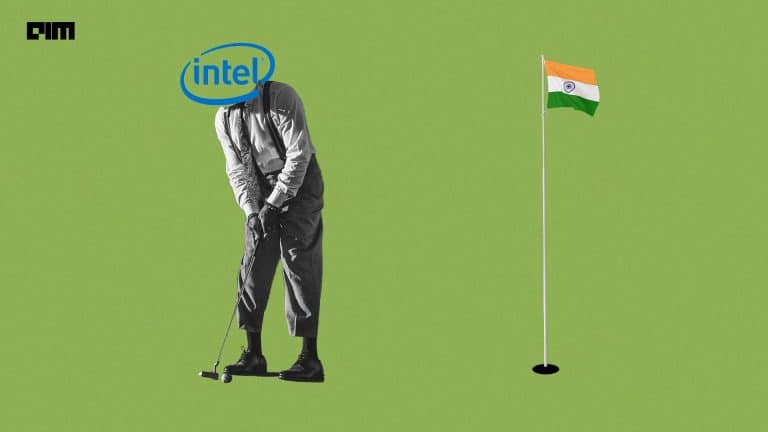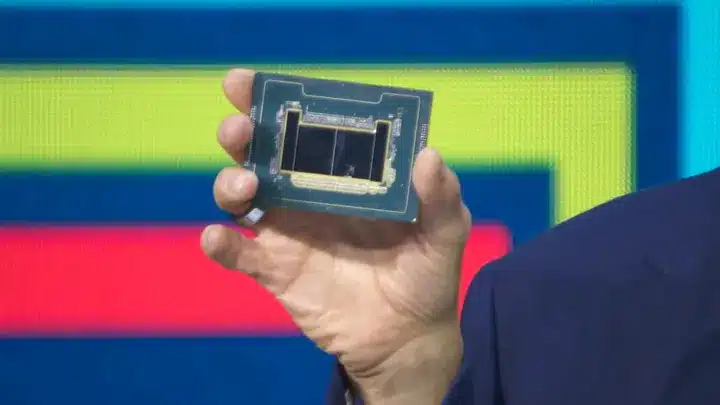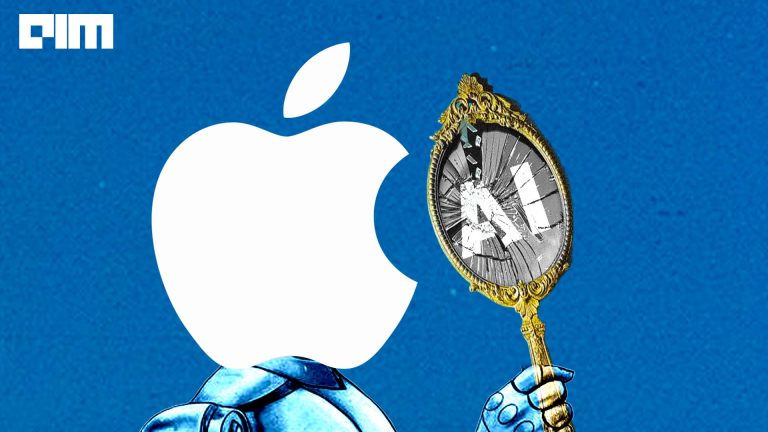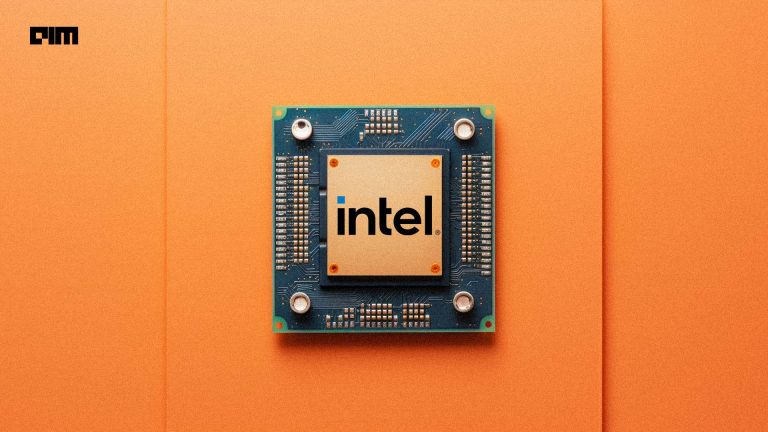|
Listen to this story
|
Intel has done better than expected in the third quarter, with an increase in revenue and margins from $12.9 billion in the last quarter to $14.2 billion, driven by a stabilising server chip business and stronger PC market conditions.
The Q3 revenue was down by 8% YoY, indicating a massive recovery from the last quarter which was down by 15% YoY. Gross margins improved, and they’ve secured new customers for chip manufacturing, with more deals on the horizon.
The global PC market is on the rebound, and the company’s forecast for Q4 includes adjusted revenue expectations exceeding Wall Street estimates for both revenue and profit per share, from $14.6 billion to $15.6 billion.
Despite recent challenges, such as heavy manufacturing investments impacting gross margins, Intel is making progress with its turnaround plans.
For the upcoming quarters, Intel is betting big on its foundry services, the company’s nascent chip-manufacturing business, which mustered a meteoric $311 million in revenue, growing 299% from the previous year.
A Slew of Partnerships
The tech giant announced that a major customer committing to Intel 18A and Intel 3 with a prepayment allowed the company to accelerate its plans to build two new leading-edge chip factories at its Ocotillo campus in Chandler, Arizona.
The customer could very well be American electronic design automation company Synopsys, which inked a deal with Intel in August of 2023.
Additionally, IFS and Tower Semiconductor got into an agreement wherein Intel would provide foundry services and 300 mm manufacturing capacity to help Tower serve its customers globally, using Intel’s advanced manufacturing facility in New Mexico. The move came after the merger plans of the two entities failed.
Ambitions and Challenges
“Our ambition is to be the No. 2 foundry in the world by the end of the decade,” Randhir Thakur, ex- president of Intel Foundry Services had reiterated in an interview. CEO Pat Gelsinger’s move to open Intel’s fabrication facility to external clients was an important step in that direction, representing a strategic shift.
To attain this goal, Intel has embarked on a significant investment plan, including allocating $20 billion to build two new facilities in Arizona, with an additional $20 billion earmarked for a site in Ohio.
However, the objective isn’t solely propped on revenue ranking, as there are several key elements to consider.
Firstly, to achieve the status of the second-largest foundry, Intel aims to become a technology leader, with rivals TSMC and Samsung standing tall in the way. These two industry giants have made considerable progress in both R&D and capacity expansion over the past decade, outpacing Intel.
In the fast-paced semiconductor industry, companies must advance to the next process node every two years or faster to stay relevant. Intel, unfortunately, lagged in this aspect and must work to regain its competitive edge.
Advancing in semiconductor technology is just the first step. The ability to turn cutting-edge chip technology into high-volume production with a low rate of defects, known as yield, is equally vital.
The semiconductor industry is highly competitive, with TSMC and Samsung consistently advancing to the next node and achieving rapid revenue growth. In contrast, companies like United Microelectronics Corp (UMC) struggle to keep pace.
This divide has resulted in a market bifurcation where TSMC and Samsung dominate the high-end chip production, which includes chips used in smartphones, AI servers, and crypto miners.
Meanwhile, other companies handle low-end production, including chips for automotive applications, smart speakers, and industrial robots. Approximately 50% of the foundry market comprises products manufactured at 16nm and smaller process nodes, almost exclusively produced by TSMC and Samsung.
Intel’s challenge is not only to advance technologically but also to attract leading clients like Apple, NVIDIA, and AMD. Intel has to prove that it can be trusted with both chip designs and large-scale, on-time, and low-defect chip production.
Apple’s decision to switch from Intel as a Mac processor supplier in favour of in-house processors underscores the challenges of retaining leading clients.
If Intel doesn’t manage to keep up with rivals, it may drop back by several development cycles within half a decade. This could result in a three-tier market: Intel is in the middle, not charging as much as the leaders but lacking the low-cost advantages of smaller players.
Intel might have a profitable niche if it can convince strategic clients and the US government that American-made chips are vital for security-sensitive industries like defence, aerospace, and data management.
Ultimately, Intel’s success in this endeavour depends on both technological breakthroughs and effective salesmanship. It may need to rely on government support and convince customers that being almost leading in technology is sufficient for their needs.
Intel’s journey to become the world’s second-largest foundry involves multiple challenges, and its position within the market is likely to be determined once it can prove itself to clients and stakeholders.
Nonetheless, a multitude of partnerships and a near-300% profit seems more than encouraging and is a nod to the decision to move in this direction. After all, Intel might have found an avenue to scale.



















































































